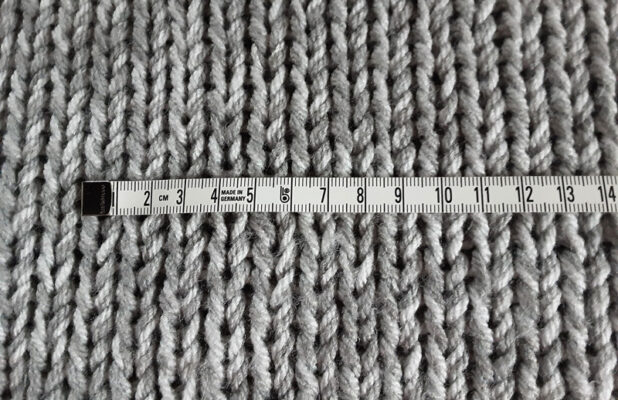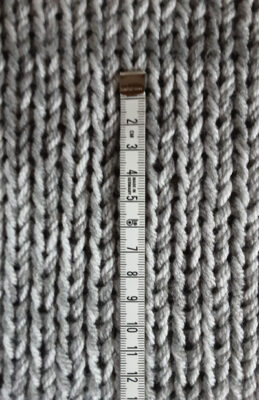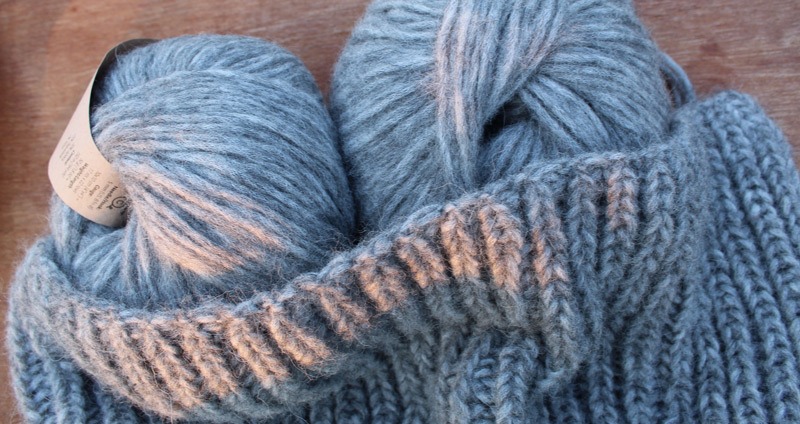Knitting a tension square
Is Knitting a tension square essential? What is a tension square and why should I use it?
A tension square is considered to be the most important element of knitting and the basic step in following a pattern.
It assures that all your hard work of knitting a pattern hasn’t failed and your project ends up the right size!
Perhaps with projects like scarves and beanies, it’s not so crucial.
But when you start to move into the more-fitted-clothes, this suddenly becomes an issue.
A tension square is knitted to ensure the gauge on your knitted item is correct.
The instructions given in the tension paragraph of a knitting pattern are either for working in stockinette stitch or pattern stitch.
In my pattern, the instructions are usually given in stockinette stitch.
Why is it so important to knit a tension square?
Ok, but why should I do it? What If I skip it?
Well, many knitters (usually the beginners) are in harry to start the pattern. So they pay no attention to the tension or the gauge (it’s the same).
The gauge is the number of stitches your item should have per inch/cm.

Look at the above photo of how stitches and rows are measured.
Believe me, it is not a waste of time to knit a tension square.
Knitting a tension square is a critical stage of the process, especially if you intend to make changes to your pattern.
How does a tension square help me?
Let’s say that the tension of your pattern is 8.5 stitches and 12 rows =10X10cm (4X4 inches) in stockinette stitch knitted flat using 10mm (U.S 15).
You will cast on 8.5 stitches (which is impossible) and you will knit 12 rows in stockinette stitch.
Sometimes the pattern recommends knitting a tension square in a pattern.
I recommend to cast on more stitches and knit more rows. It would be easier to measure both stitches and rows.
Knit a swatch about 15cm (6 inches) square in stockinette stitch or in a pattern.
You will get your piece off your needles and you will measure it flat.
Stretch swatch in each direction and allow to rest.

What do I do if my square does not follow the pattern?
If you measure more stitches in the 10X10cm (4X4 inches) square than the instructions, this indicates the item will be too small, you must therefore use larger needles.
It also means that you are a tight knitter.
In this case, you have to try and pull your yarn a little bit looser every time you wrap it around your working needle to knit.
If you measure fewer stitches in the 10X10 square than the instructions indicate the item will be too big, you must therefore use smaller needles.
It also means that you are a loose knitter.
Then, you have to try and pull your yarn a little bit tighter every time you wrap it around your working needle to knit.
In both cases, you make another square using the right size of needles in order to obtain the recommended number of stitches in a 10X10 cm (4X4 inches) square.
In regard to rows, if there are more than recommended, your garment will be too long whilst fewer rows will create a shorter garment than specified.
This is why I usually measure the length in cm /inch in my patterns instead of rows.
What if you insist on using the size of needles your pattern recommends?
Then you will have to cast on more or fewer stitches.
This is quite difficult and I recommend it only to advanced knitters.
An example for beginner knitters
For example, your pattern says that the piece width measures 49cm/19.5 inches when finished and that you should cast on 42 stitches (your size) using 10mm (U.S 15).
If your 10X10cm (4X4inches) square is 9 stitches X 12 rows instead of 8,5 stitches X 12 rows, you can calculate how many stitches you should cast on.
You will use the rule of three, a common way to calculate in mathematics.
This is how it works:
9 stitches get 10cm (4 inches)
How many stitches get 49cm (19.5 inches)?
X=9 X 49/10=44 stitches
So you have to cast on 44 stitches.
This means that you may change the number of stitches in all steps of the instructions.
This might be a little tricky and needs knowledge of advanced knitting.
I hope this is all clear to you!!
Check out more helpful posts in our blog
View our collection in “Patterns” section
View more ideas in our Pinterest account




